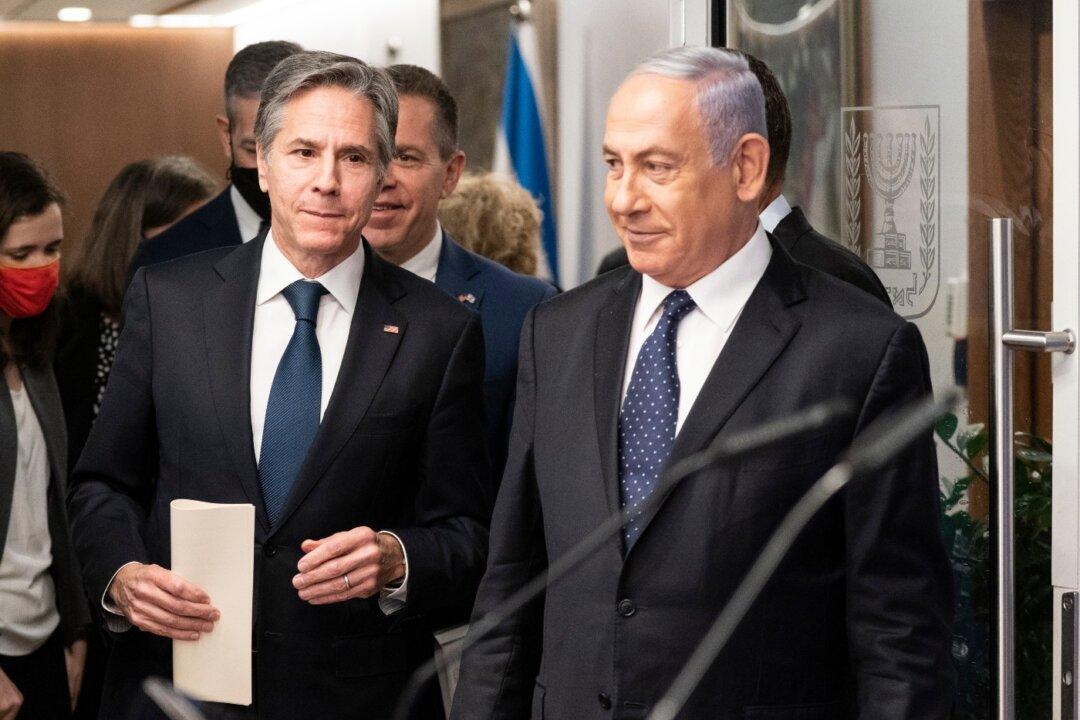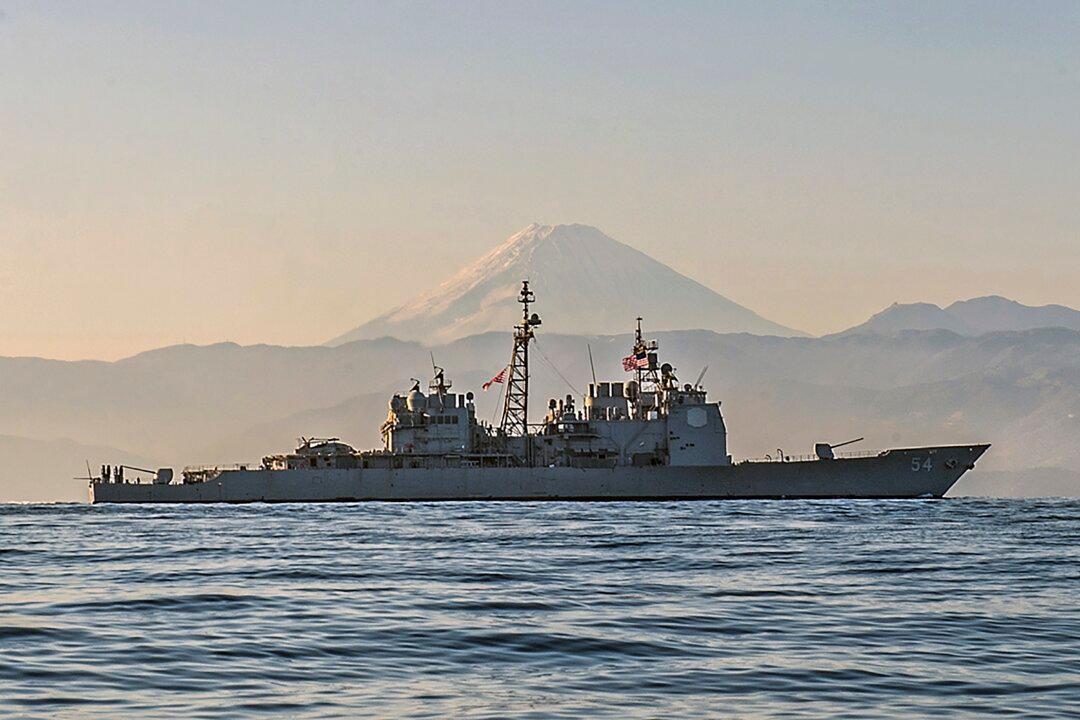Commentary
Viewpoints
Opinion
America Needs a Better Ukraine Strategy Than Handing Off Weapons and Hoping for the Best

F-16 fighter jets takes part in the NATO Air Shielding exercise near the air base in Lask, Poland, on Oct. 12, 2022. Radoslaw Jozwiak/AFP via Getty Images
Shoshana Bryen is Senior Director of The Jewish Policy Center and editor of inFOCUS Quarterly.
Author’s Selected Articles






